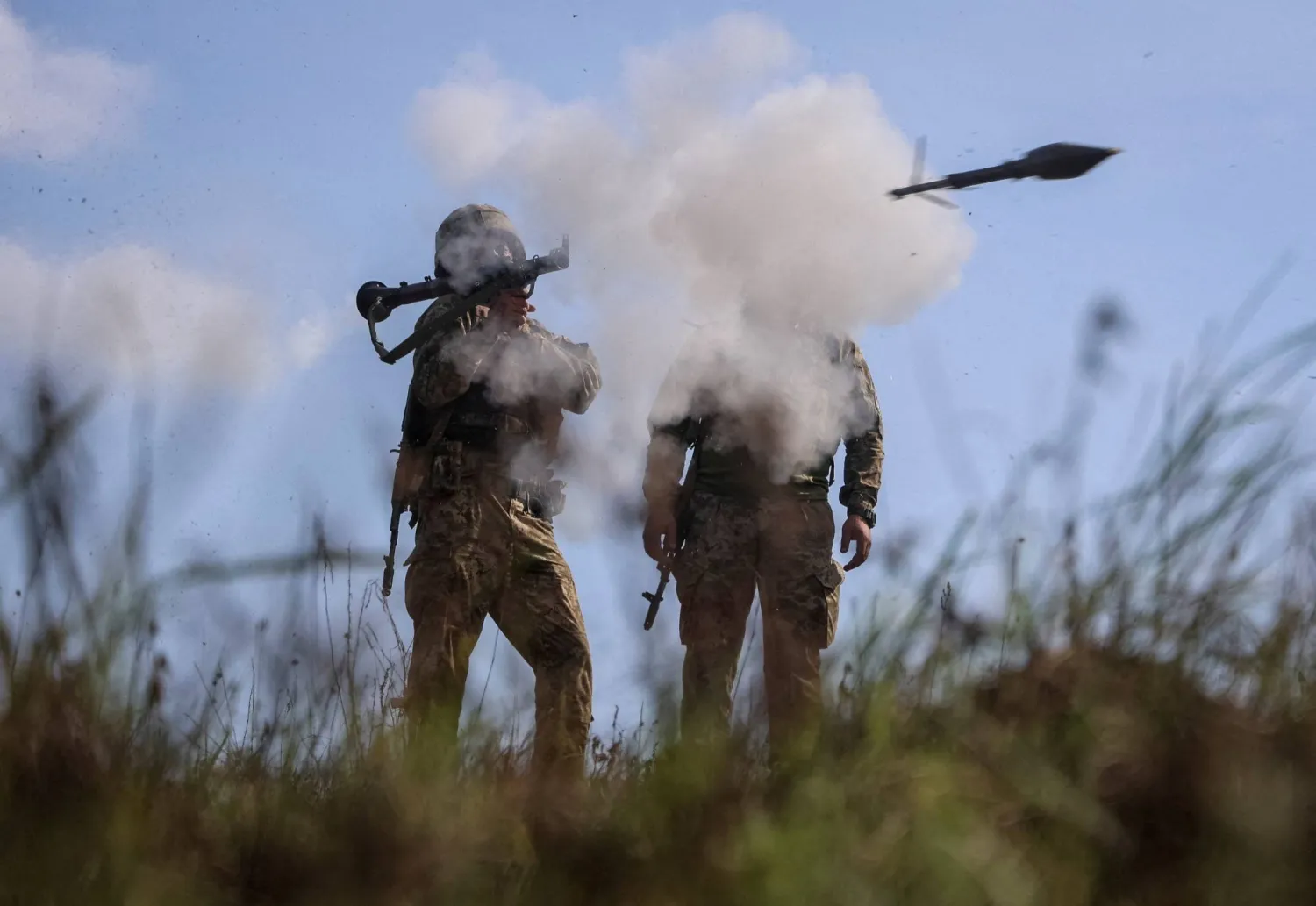A former Central Intelligence Agency agent claimed on Sunday that Iran, not Libya, was most likely behind the 1988 Lockerbie bombing, which killed 270 people mostly Americans.
In an article featured by the Times of Israel on Sunday, former operative John Holt said: “I am breaking 20 years of silence about one of the most heinous plane bombings on record, Pan Am flight 103 over Lockerbie, Scotland on December 21, 1988. I can now tell you, as I have been telling the CIA and FBI since being interviewed by them in early 2000, that I and many other intelligence officers do not believe that Libya is responsible for the bombing. Iran, as the original evidence clearly showed, is the true perpetrator of this deadly attack and should be brought to justice.”
He accused recently resigned US attorney general William Barr of diverting blame from Iran in the case.
“Two weeks ago, just before stepping down as US attorney general, William Barr, who was also AG in 1992 and oversaw the investigation and indictment of the case, announced new charges against a Libyan man known as Masud for supposedly constructing the bomb that detonated on the plane. I believe Barr and the Justice Department announced this new indictment purely for the purpose of shoring up Barr’s original, faulty 1991 indictments,” wrote Holt.
“The evidence and logic in the current case against Mr. Masud are as flimsy as the cases were two decades ago when Barr steered focus away from the obvious culprit, Iran,” he charged.
“I know Libya is not behind the bombing because I was the long-time handler for the principal US government witness Abdul Majid Giaka, a Libyan agent who never provided any evidence pointing to Libya or any indication of knowing anything about that nation’s involvement in the two years after the bombing. Yet years later, he testified against the convicted Libyan intelligence officer, Abdel Basset al-Megrahi, at the Lockerbie bombing (Pan Am 103) trial conducted at The Hague in 2000,” he revealed.
Moreover, he said the US Government prevented his testimony and hid from evidence the cables he wrote that proved Giaka knew nothing. “When my cables were finally released to the trial at the demand of the defense, the court dismissed Giaka along with the two CIA operations officers sent to the trial to testify to his credibility.”
“Yet today, the charade continues. The FBI acknowledges they have not even interviewed Mr. Masud themselves and are entirely dependent on an 8-year-old statement by an unnamed Libyan police officer from a country in the midst of a devastating civil war. Moreover, Masud had no history or signature for making the type of bomb that brought down Pan Am 103 nor for concealing bombs in Toshiba radios. The PFLP-GC (Popular Front for the Liberation of Palestine-General Command) did,” said Holt.
“It is time to drop the routine CIA procedure of embellishing intelligence reporting to fit a preconceived outcome rather than following the facts. The families of Pan Am flight 103 victims have suffered long enough and deserve to now be able to rest assured that the real perpetrators of this act of terrorism, Iranian actors, are brought to justice,” he demanded.
“I am asking that the case be reexamined due to the availability of evidence against Iran and irregularities in the US government presentation of evidence at the first trial. The son of the man convicted made a similar request. He recently appealed the conviction of his father to the High Court in Scotland. The panel of five judges is currently reviewing the appeal, which was presented in late November 2020,” he stated.
President Donald Trump “still has an opportunity to take action” before his term ends, said Hold.
“I served for more than 40 years in the Middle East and saw numerous Americans killed by terrorist attacks, all orchestrated and supported by the mullahs in Iran. I urge President Trump to bring Iranian religious leadership to justice for the Pan Am 103 bombing now. The US and Israel should work together to strike key Iranian military facilities, IRGC training camps and all nuclear development sites, both open and secret, before Iran gathers enough strength to strike again, which they will,” he warned..
Holt is a Professor of Political Science at a US university. He served more than 40 years in the US Intelligence Community, including 25 years as a CIA Operations Officer in the Middle East. He was the long-time handler for Abdul Majid Giaka, who was the key US government witness in the Lockerbie trial conducted at The Hague in 2000, read his bio accord to the Times of Israel.







